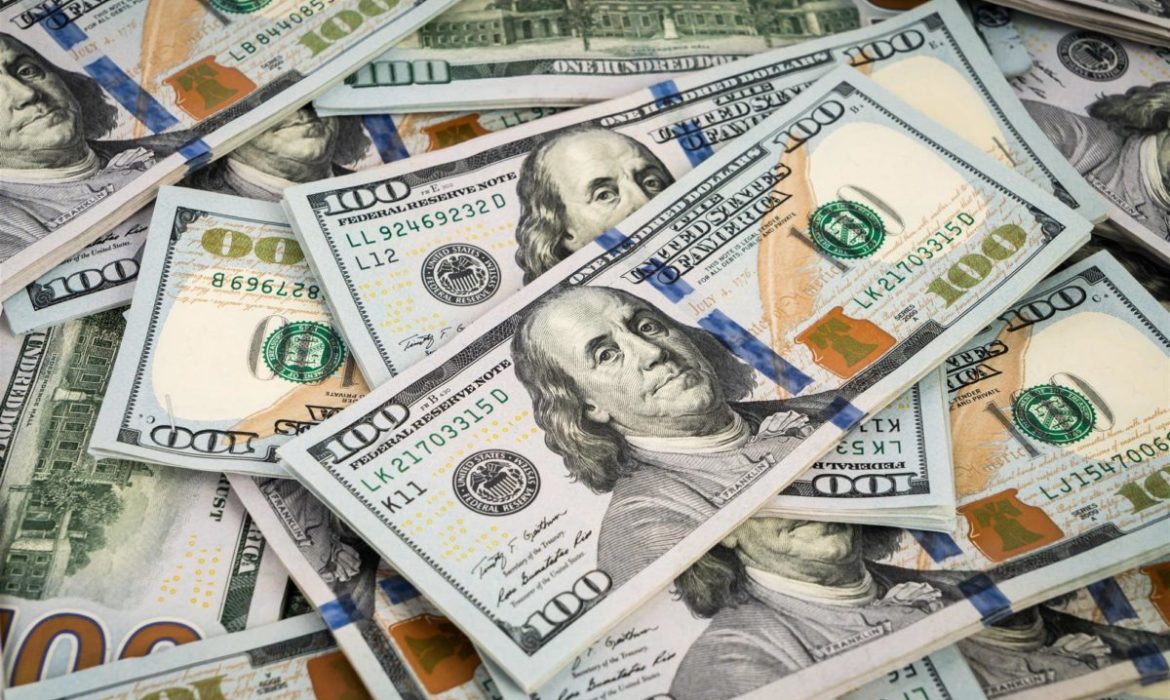In recent trading sessions, the U.S. dollar has exhibited notable weakness against major global currencies, including the euro, the yuan, and others. This trend is largely attributed to the growing anticipation among investors that U.S. interest rates are set to decrease in the forthcoming year. Such expectations are prompting a preemptive move away from the dollar.
Early trading in Asia saw only modest movements, yet these were enough to push the dollar index beneath its 200-day moving average. This movement was influenced by the yuan’s rally, which triggered a wider drop in the dollar’s strength. The dollar index, a measure against six major currencies, saw a 1.9% decline last week, accompanied by a significant rally in U.S. Treasuries, and an additional 0.5% decrease overnight, bringing it down to 103.44.
In a notable development, the euro reached a three-month peak at $1.0952, partly due to statements by ECB’s Pierre Wunsch, who countered market predictions of imminent rate cuts. Similarly, the yuan achieved a three-month high against the dollar, a move supported by the central bank’s guidance. The Australian and New Zealand dollars followed this upward trend.
Market analysts from ANZ have noted that the dollar’s continued struggle is evident as the dollar index fell below 104 and is now hovering around 103.5. This is seen as a market consensus that the Federal Reserve’s rate hikes have reached their zenith. They further stated that given the overvaluation of the index, a natural recalibration to its fair value is expected if the market maintains a relaxed stance regarding the Federal Reserve’s policy direction.
Another critical factor influencing market sentiment is the U.S. leading economic indicator by the Conference Board, which in October reported a 0.8% decline, marking its 19th consecutive monthly drop. This has shifted focus to the upcoming Federal Reserve meeting minutes.
Market Reactions and Future Projections
The market has largely discounted the possibility of further rate hikes in December or next year, with futures indicating about a 25% probability of easing starting in March. Additionally, there’s an expectation of roughly 90 basis points in cuts by 2024, an increase from the 77 basis points anticipated prior to the benign U.S. inflation report in October.
In offshore trading, the yuan maintained its gains, trading at 7.1640 against the dollar. The Australian dollar showed marginal gains, standing close to its three-month high, while the New Zealand dollar remained stable.
The yen, despite its general unpopularity this year due to the stark contrast in U.S. and Japanese interest rates, rallied to a seven-week high against the dollar, stabilizing at 148.3. This rise of almost 3% in a week is particularly significant, considering that data showed an increase in short positions on the yen.
Kit Juckes, a strategist at Societe Generale, remarked on the shift in market dynamics, noting that the dollar’s long-standing dominance is being challenged, leading to potential temporary volatility. He suggested that while the euro and sterling might soon lose momentum, currencies like the yen, AUD, and NZD might continue to strengthen.
As the week progresses towards the U.S. Thanksgiving holiday, the economic calendar remains relatively light. Key events to watch include the Federal Reserve meeting minutes, U.S. housing data, Canadian inflation figures, and a speech by ECB President Christine Lagarde.















